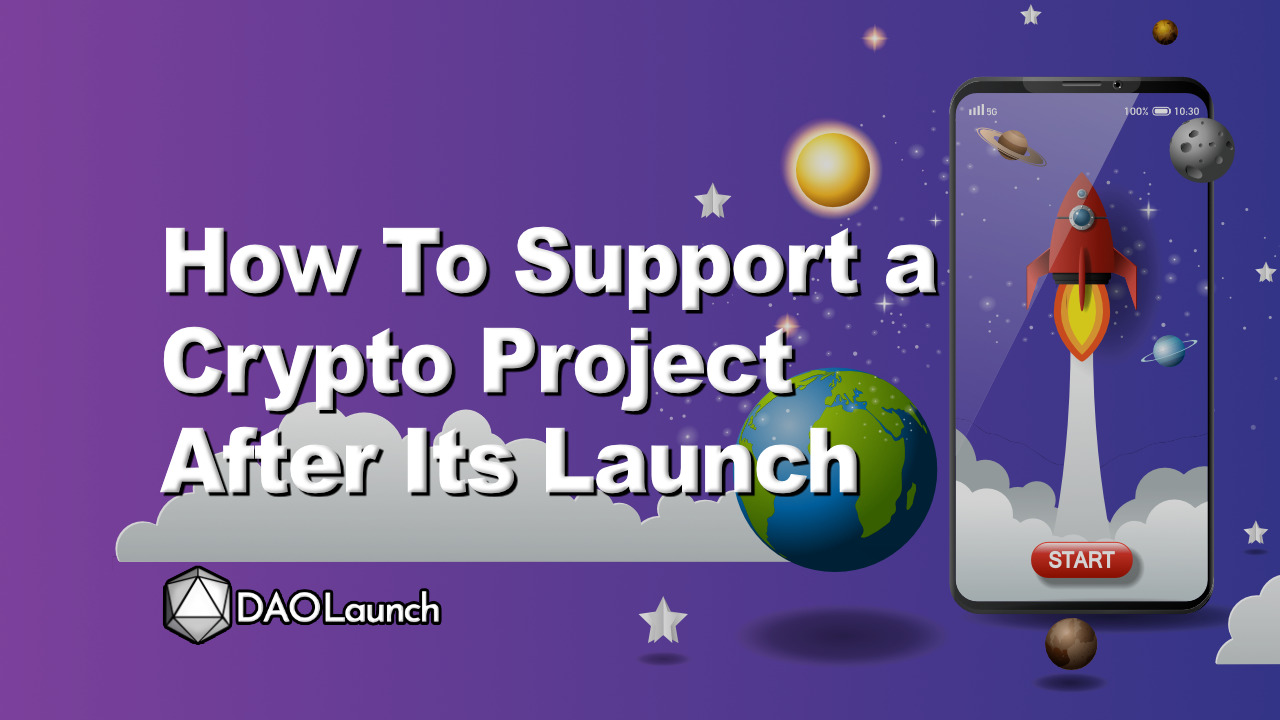Deep Review On How Crypto Projects Are Launched
Launching a cryptocurrency project involves several key steps and considerations to ensure its success and sustainability. Here is a deep review on how crypto projects are typically launched:
Idea Generation and Research:
- The process starts with generating a novel and viable idea for a cryptocurrency project.
- Extensive research is conducted to assess the market demand, competition, technology feasibility, and regulatory considerations.

Whitepaper Development:
- A detailed whitepaper is created outlining the project's objectives, technology, tokenomics, use cases, team members, and roadmap.
- The whitepaper acts as a blueprint for the project and is often shared with potential investors and the community.
Team Formation:
- A skilled team of developers, marketers, designers, and advisors is assembled to work on different aspects of the project.
- Having a strong and experienced team is crucial for the success of the project.
Tokenomics Design:
- The project's tokenomics, including token distribution, supply, utility, and governance mechanisms, are carefully designed to incentivize participation and value creation.
- Tokenomics play a significant role in attracting investors and users to the project.
Smart Contract Development:
- If the project involves a blockchain-based token, smart contracts are developed to govern the token issuance, distribution, and functionality.
- Security audits are often conducted to ensure the smart contracts are secure and free from vulnerabilities.
![]()
Community Building:
- Building a strong community around the project is essential for its success.
- Engaging with the community through social media, forums, and events helps in creating awareness and attracting supporters.

Partnerships and Collaborations:
- Forming strategic partnerships with other projects, exchanges, and industry players can help in expanding the project's reach and credibility.
- Collaborations can also bring in expertise and resources that benefit the project.
Marketing and Promotion:
- A comprehensive marketing strategy is developed to promote the project to a wider audience.
- This may include social media campaigns, content creation, events, and community incentives.
Token Sale or Initial Coin Offering (ICO):
- A token sale event is conducted to raise funds for the project and distribute tokens to investors.
- The ICO process involves setting a token price, establishing a fundraising goal, and conducting a token sale event.
Exchange Listing:
- After the token sale, getting the project's token listed on cryptocurrency exchanges is crucial for liquidity and market access.
- Negotiating with exchanges and meeting their listing requirements is a key step in the project's launch.

Continuous Development and Updates:
- Post-launch, the project team continues to work on development, updates, and community engagement.
- Regular updates, bug fixes, and new features help in maintaining user interest and project growth.

Launching a successful cryptocurrency project involves a combination of technical expertise, community engagement, strategic partnerships, effective marketing, and ongoing development efforts. By following these steps and focusing on building a strong foundation, a cryptocurrency project can increase its chances of success in the competitive blockchain industry.
Benefits
- Increased Transparency: Cryptocurrencies are built on blockchain technology, which offers a transparent and secure way to record transactions.
- Decentralization: Cryptocurrencies operate on a decentralized network, reducing the control and influence of centralized authorities.
- Lower Transaction Fees: Cryptocurrency transactions often have lower fees compared to traditional financial systems.
- Global Access: Cryptocurrencies can be accessed and used by anyone with an internet connection, providing financial inclusion to underserved populations.
- Security: Blockchain technology provides a high level of security through cryptographic algorithms and decentralized consensus mechanisms.
- Innovation: Cryptocurrencies drive innovation in finance and technology, leading to new solutions and possibilities for various industries.
- Ownership and Control: Users have full control over their cryptocurrency holdings, without the need for intermediaries like banks.
- Borderless Transactions: Cryptocurrencies enable borderless transactions, allowing for easy and fast cross-border payments.
- Financial Freedom: Cryptocurrencies offer individuals the freedom to manage their finances without restrictions imposed by traditional financial systems.
Limitations
- Volatility: Cryptocurrency prices can be highly volatile, leading to uncertainty and risk for investors and users.
- Security Concerns: While blockchain technology is secure, cryptocurrency exchanges and wallets can be vulnerable to hacks and cyber attacks.
- Regulatory Challenges: The regulatory environment for cryptocurrencies is still evolving, leading to uncertainty and potential legal risks.
- Lack of Consumer Protection: Unlike traditional financial systems, cryptocurrencies are not backed by government guarantees or consumer protection mechanisms.
- Scalability Issues: Some cryptocurrencies face challenges with scalability, leading to slow transaction speeds and high fees during peak usage times.
- Adoption Hurdles: Cryptocurrencies may face resistance and skepticism from mainstream users, businesses, and governments, hindering widespread adoption.
- Environmental Impact: The energy consumption required for mining cryptocurrencies, especially Bitcoin, has raised concerns about its environmental impact.
- Anonymity and Illicit Activities: The pseudonymous nature of some cryptocurrencies can be exploited for illicit activities such as money laundering and cybercrime.
- Lack of Understanding: Many people still do not fully understand how cryptocurrencies work, leading to misconceptions and barriers to adoption.
Conclusion
In conclusion, while cryptocurrencies offer exciting opportunities for innovation and financial inclusion, they also come with various challenges and risks that need to be addressed. It is essential for stakeholders to work together to overcome these obstacles and build a more sustainable and secure cryptocurrency ecosystem for the future.
Thanks always for reading and supporting my reviews.............................
For more support;
sol address; 3oPU6vjs5jPqDqZPsDw39nhkjWqDGSeUpiXJH9gmqsNf








































